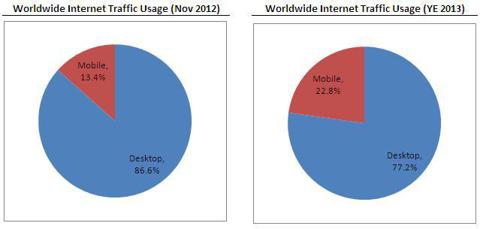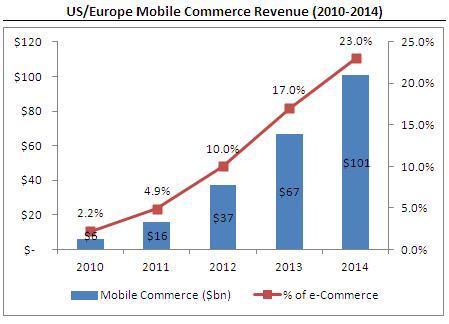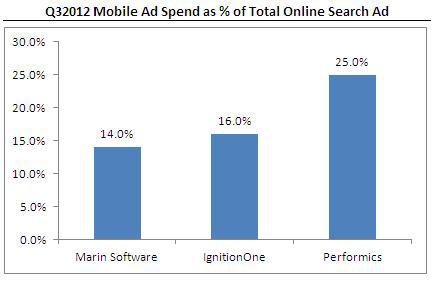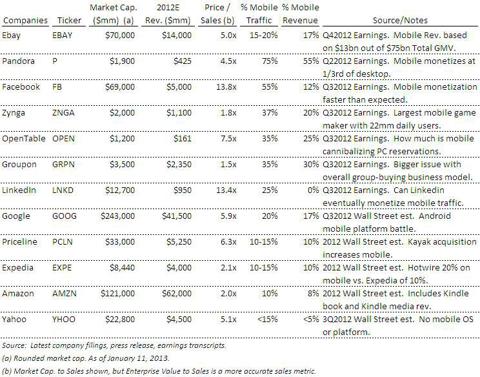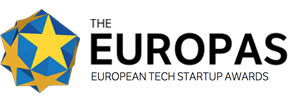
Les GPS, les données des utilisateurs et d'autres
facteurs peuvent fournir aux chercheurs médicaux et aux organes
officiels un nouveau mode de suivi des épidémies. La localisation peut
aider à suivre l'évolution de la maladie ainsi que d'autres problèmes de
santé publique.
Twitter s'est avéré un outil utile pour étudier la façon dont une maladie se répand, et les chercheurs compilent actuellement les messages et les données de localisation des utilisateurs afin de déterminer la meilleure façon d'utiliser ce réseau social à cet effet. Le Journal of Medical Research a récemment publié l'article “Right Time, Right Place” relatif à la pertinence de ce contenu dans la gestion de la communication médicale, à savoir qu'il existe « sur Twitter différents indicateurs de géo-localisation et que, pris ensemble, ils offrent un échantillon significatif d'individus dont on peut déduire, avec précision, la position. » Les auteurs estiment que cela pourrait avoir une influence sur la façon dont les organisations médicales étudient et compilent l'information pour communiquer « en temps utile, au bon endroit ».
Twitter presqu'aussi précis que les enquêtes traditionnelles
L'étendue de la population des utilisateurs de Twitter ne fournit peut-être qu'un petit pourcentage de coordonnées GPS fiables (2,7%), mais cet échantillon de données reste valable car il correspond à des centaines de milliers de tweets échangés sur une période de 2 semaines, temps consacré à cette étude. Les informations GPS et les informations de position fournies par l'utilisateur permettent de recueillir des données de géo-localisation fiables sur environ 15 à 17% des utilisateurs. Pour valider l'utilité de la taille leur échantillon, les auteurs ont comparé ces résultats à une enquête de Pew, et ils sont arrivés à des résultats statistiques comparables. Mais en utilisant Twitter, les chercheurs limitent le taux d'informations moins fiables, tout en bénéficiant de la rapidité et d'autres facteurs dont ne dispose pas l'approche traditionnelle.
Apporter un éclairage sur d'autres problèmes et démocratiser l'épidémiologie
Outre le potentiel dans la détection et le suivi des épidémies, d'autres problèmes de santé publique peuvent être mieux cernés. Parmi les problèmes ayant fait l'objet d'études récentes et repris dans l'étude « Right Time, Right Place » figurent les problèmes liés au tabac, à la boisson, aux maux dentaires et à l'allaitement. L'observation d'un contenu de santé généré, en temps réel, par l'utilisateur a entraîné un nouveau volume important de données de santé transmises par texte, images et vidéo. Étant donnée la diversité démographique des utilisateurs de Twitter, les auteurs suggèrent que les disparités dans le domaine de la santé pourraient être réduites en étant plus attentif et en communiquant aux groupes sous-représentés et à la population à faibles revenus.
Source: L'Atelierhttp://www.atelier.net/trends/articles/prevenir-epidemies-grace-aux-donnees-de-geo-localisation-de-twitter?

